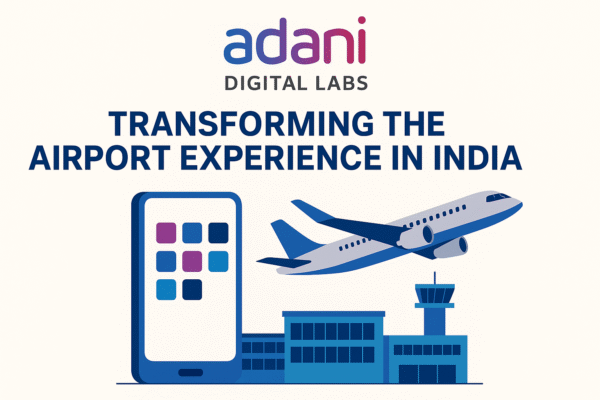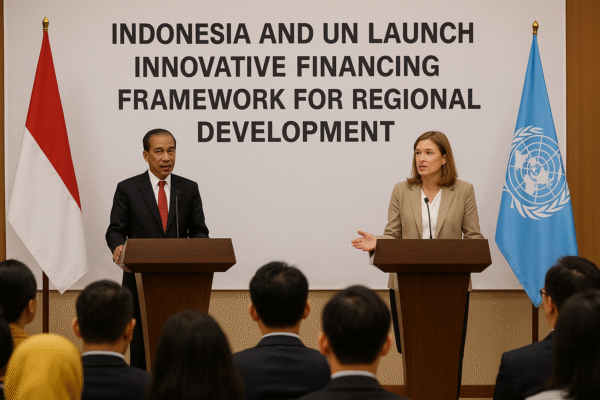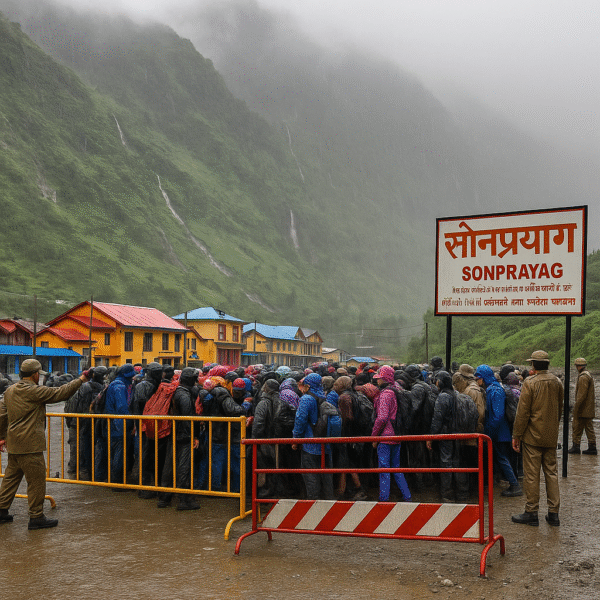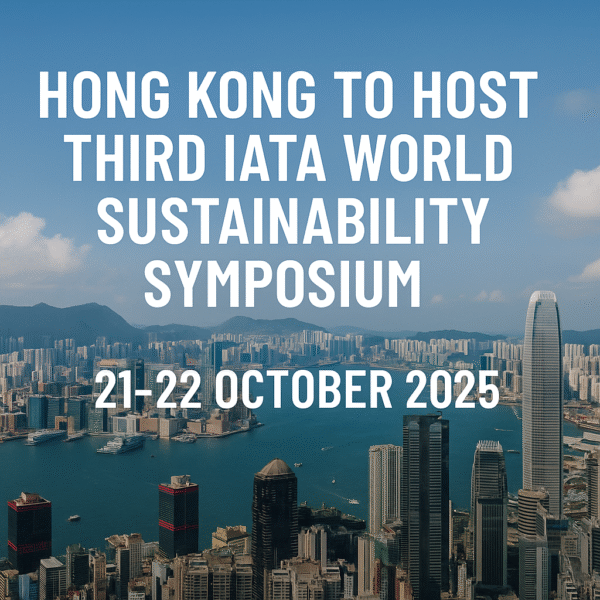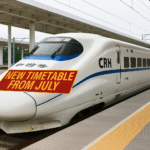The United States is stepping up its presence in Africa’s infrastructure development with a landmark commitment of over $500 million to support the Lobito Rail Corridor, a transformative railway that connects central Africa’s mineral-rich Copperbelt to Angola’s Atlantic coast.
At the heart of this strategic initiative is the U.S. International Development Finance Corporation (DFC), which is spearheading funding negotiations with the Angolan government and private-sector stakeholders including global commodity trader Trafigura. Once finalized, this investment is expected to revolutionize mineral transport across Angola, the Democratic Republic of Congo (DRC), and Zambia—accelerating exports while reshaping regional logistics and global supply chains.
A Strategic Infrastructure Investment in Central Africa
The Lobito Corridor spans approximately 2,600 kilometers, linking the Copperbelt region in Zambia and southern DRC with the Port of Lobito on Angola’s Atlantic coast. Designed to streamline the movement of critical minerals such as copper and cobalt—essential for global electronics and renewable energy technologies—the railway is set to become one of Africa’s most vital freight and export routes.
As global demand for critical minerals surges, the U.S. sees this project as a counterbalance to China’s dominance in Africa’s mining and mineral supply chains. China currently processes the majority of Africa’s raw mineral output domestically, prompting concerns among African nations eager to diversify trade partners and add value through local beneficiation.
DFC Leads $500 Million Investment Push
Conor Coleman, Head of Investments at the DFC, confirmed ongoing talks to finalize the $500 million deal, reaffirming that the commitment remains strong despite reported delays. He clarified that the hold-up is not political but administrative, as partners finalize technical and financial arrangements.
“There’s business as usual,” Coleman stated. “We are focused on critical minerals, energy, and infrastructure—and Africa remains a top priority.”
This investment marks a broader strategic shift for the U.S., aiming to develop long-term infrastructure partnerships rather than short-term extractive deals. The Lobito project is part of a multi-sectoral approach that integrates energy access, digital connectivity, and climate-resilient infrastructure.
Lobito Rail Corridor: Economic Potential and Regional Impact
Once fully operational, the Lobito Corridor will significantly reduce transportation time and cost for mining exports from the DRC and Zambia. It offers a more direct, secure, and efficient route to global markets compared to existing overland networks leading to South African ports.
- Angola’s Port of Lobito is set to become a regional logistics hub, with anticipated upgrades to terminals and rail yards.
- The corridor is expected to create thousands of jobs in construction, logistics, and rail operations.
- Local industries stand to benefit from improved access to regional and international markets.
This project also supports regional integration under the African Continental Free Trade Area (AfCFTA) by enhancing intra-African trade and cross-border transport.
Addressing U.S.-China Competition in Africa’s Mineral Markets
The U.S. interest in the Lobito Corridor reflects growing geopolitical competition in Africa’s mining and infrastructure sectors. China currently dominates the continent’s mineral supply chain—from mining operations to processing and export—raising concerns about overreliance and lack of value addition within African borders.
Coleman emphasized that it’s not too late for the U.S. to become a major player. Unlike China’s extract-and-export model, the U.S. aims to support local beneficiation, encouraging African countries to refine and process raw materials domestically, thus creating greater economic value and employment.
This aligns with Angola’s broader economic diversification goals under President João Lourenço, who has championed transport and industrial development as key growth pillars.
Broader U.S. Engagement in Angola’s Infrastructure
The DFC’s Lobito investment is one of several American initiatives in Angola. Other recent developments include:
- A $3.4 million grant to Pensana Plc to advance a rare earths processing facility in Angola, supporting clean energy supply chains.
- Agricultural manufacturing projects and digital infrastructure investments under the Partnership for Global Infrastructure and Investment (PGI).
- Support for climate-resilient transportation corridors in partnership with African and European agencies.
These efforts are part of a wider U.S. policy realignment that prioritizes sustainable partnerships and high-impact infrastructure projects throughout the African continent.
Next Steps and Outlook
As negotiations progress, the DFC, Angolan authorities, and private-sector partners are expected to finalize the financing structure in the coming months. Construction and modernization efforts will begin shortly after, with a phased rollout focused initially on priority freight routes.
While challenges such as cross-border coordination, regional security, and logistical capacity remain, the outlook for the Lobito Corridor is optimistic. Stakeholders agree the project could transform not only mineral logistics but the broader infrastructure narrative in sub-Saharan Africa.
Conclusion: A New Chapter in U.S.–Africa Infrastructure Collaboration
The U.S. government’s commitment to the Lobito Rail Corridor represents more than just a financial investment—it symbolizes a strategic partnership model that values transparency, mutual benefit, and local development.
By financing critical transport corridors like Lobito, the U.S. is helping Africa unlock its economic potential while reshaping global mineral supply chains. This is a pivotal step toward building a more balanced and sustainable approach to infrastructure development in the Global South.
For more travel news like this, keep reading Global Travel Wire

